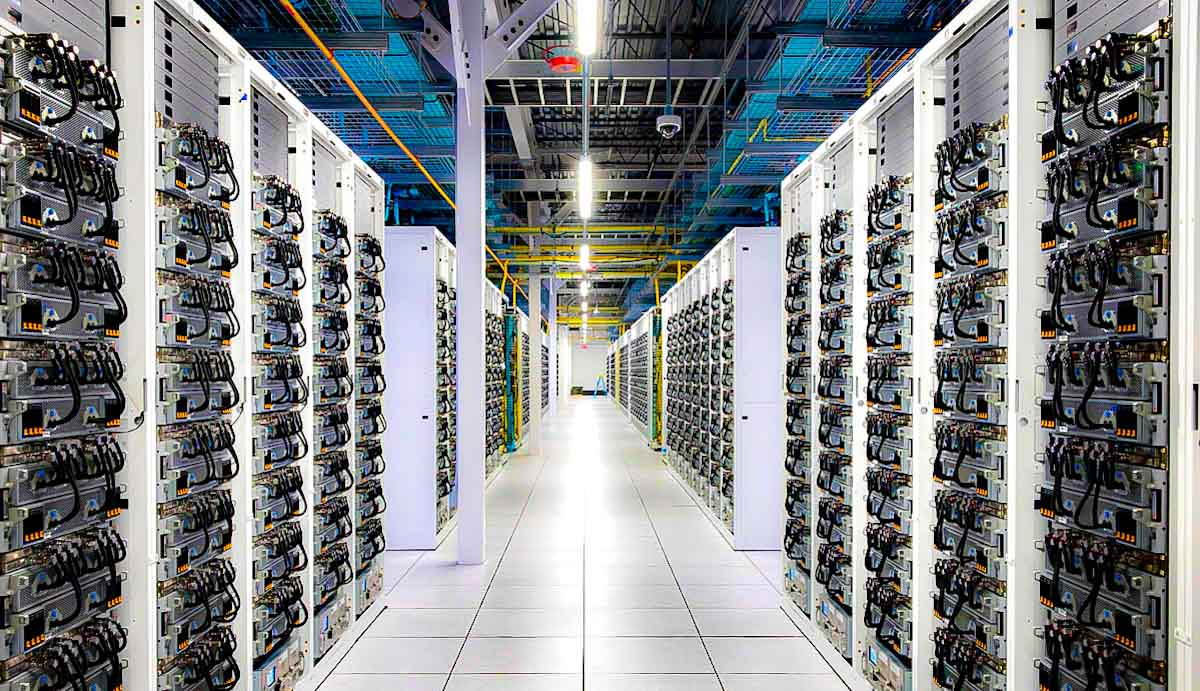Elon Musk’s artificial intelligence startup, xAI, is gearing up for a massive expansion in computing power. During a recent discussion, Musk disclosed that xAI is actively working on its next training cluster, which is expected to feature 1 million GPUs, a fivefold increase over its current 200,000-GPU setup.
The estimated cost for this colossal upgrade ranges between $25 billion and $30 billion.
xAI’s Ambitious Growth in AI Computing
Musk’s xAI, launched in 2023, aims to compete with industry leaders such as OpenAI, Google DeepMind, and Anthropic in developing cutting-edge artificial intelligence models.
The company’s flagship model, Grok, is already integrated into X (formerly Twitter), providing AI-driven interactions and insights to users.
This planned expansion in computing power indicates xAI’s aggressive push into the AI arms race. The current cluster, equipped with 200,000 GPUs, is already one of the largest in the world. However, Musk’s vision for the next phase will elevate xAI to an entirely new level, positioning it as a dominant force in the AI space.
A $30 Billion Investment in AI Infrastructure
To put this into perspective, major AI companies like OpenAI and Google operate clusters with tens of thousands of GPUs, but reaching the 1 million mark is unprecedented. Given that high-end AI accelerators, such as NVIDIA’s H100 and B100 GPUs, cost tens of thousands of dollars each, the total hardware investment alone will be astronomical.
Musk emphasized the significance of this upgrade, stating:
“We’re already working on the next training cluster. We anticipate it to be roughly 5x bigger than the current cluster.”
NEWS: Elon Musk said tonight that he expects xAI’s next training cluster to have 1 million GPUs, worth about $25B-$30B, 5x more than their current 200k GPU cluster.
“We’re already working on the next training cluster. We anticipate it to be roughly 5x bigger than the current… pic.twitter.com/GFzh7ezO5g
— Sawyer Merritt (@SawyerMerritt) February 18, 2025
This expansion will require massive data centers, sophisticated cooling systems, and an enormous energy supply to support training the next generation of AI models.
Implications for AI Development
With such an advanced infrastructure, xAI will be capable of developing more powerful, human-like AI models with improved reasoning, problem-solving, and real-time adaptability.
This move aligns with Musk’s broader vision of creating a highly capable AI assistant that is not only intelligent but also aligned with human values.
The sheer scale of this expansion also suggests that xAI could rival OpenAI’s anticipated GPT-5 or Google’s Gemini Ultra, pushing AI capabilities further than ever before.
Challenges and Feasibility
Building a training cluster with 1 million GPUs presents significant challenges, including:
- Hardware Procurement: The global demand for AI chips, particularly NVIDIA’s H100, has caused shortages. Securing 1 million units will require strong partnerships with chip manufacturers.
- Energy Consumption: AI supercomputers require immense power. Musk’s background in Tesla’s energy solutions and SpaceX’s engineering expertise might play a role in optimizing energy efficiency.
- Data Center Infrastructure: Deploying and maintaining a cluster of this scale demands advanced networking, storage, and cooling technologies.
While xAI has ambitious goals, Musk’s track record with Tesla, SpaceX, and Neuralink suggests that he is willing to tackle complex engineering challenges head-on.
The Future of xAI and AI Innovation
If xAI successfully scales to 1 million GPUs, it could redefine the AI industry, providing unmatched computational power for training sophisticated models. This development might also accelerate AI advancements in areas such as robotics, autonomous systems, and real-time decision-making.
With Musk’s relentless drive and xAI’s expanding resources, the future of AI is set to become more competitive and groundbreaking than ever before. As the AI arms race heats up, all eyes are on xAI to see how it executes this ambitious vision.
